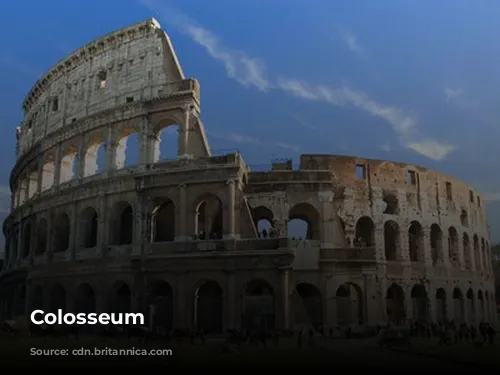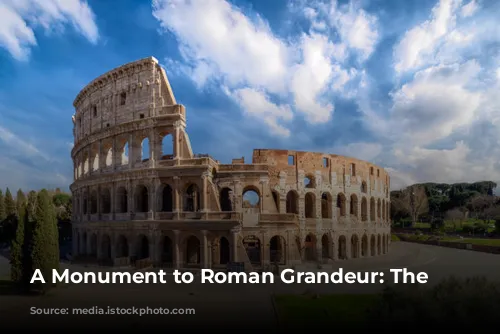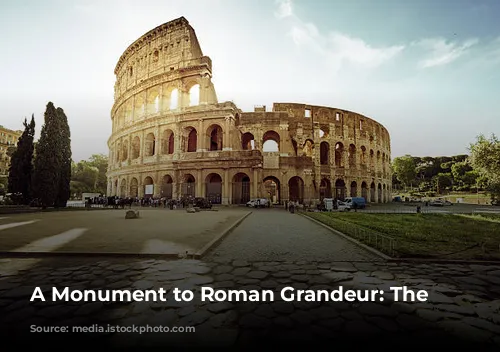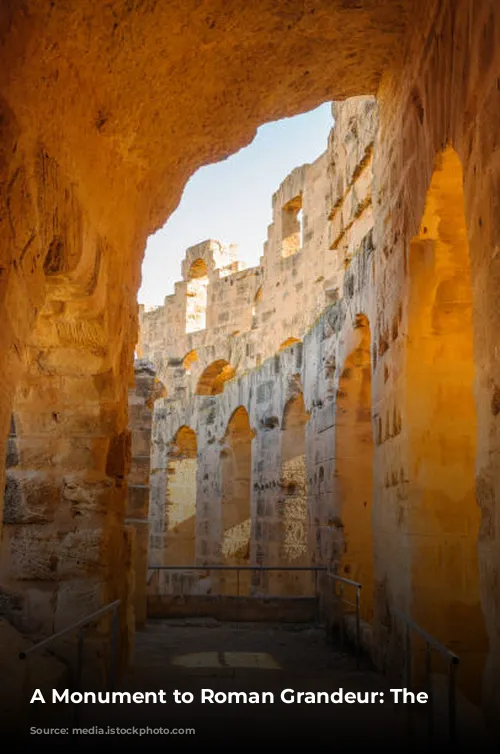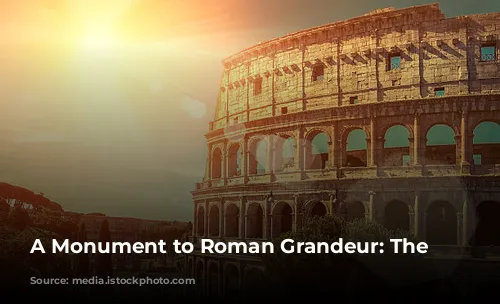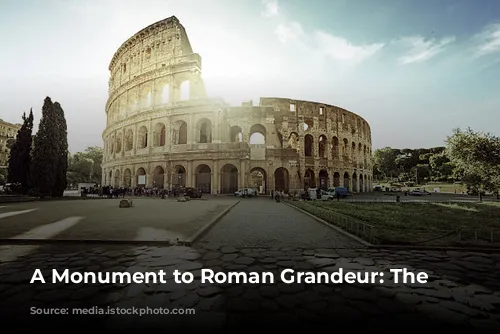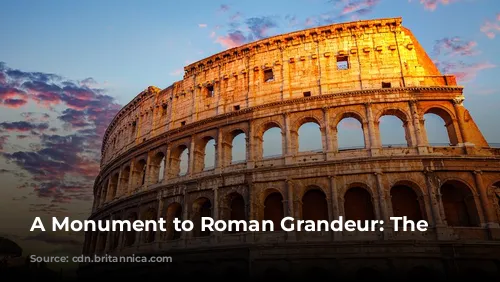The Colosseum, standing tall as one of the few relatively unscathed structures from the Roman Empire, is a testament to the architectural and engineering brilliance of ancient Rome. This iconic landmark also serves as a significant source of income for the Italian government through tourism. In 2018, the Colosseum, Roman Forum, and Palatine Hill collectively generated over $63.3 million (€53.8 million), making it the most lucrative tourist destination in Italy.
A Story of Resilience: From Glory to Neglect
The Colosseum’s journey, however, has been marked by both grandeur and decline. Following the fall of the Western Roman Empire, the majestic structure fell into a state of severe disrepair. During the 12th century, powerful families like the Frangipane and Annibaldi transformed the arena into a stronghold, repurposing its grand space for their own purposes. Later, in the late 15th century, Pope Alexander VI permitted the Colosseum to be used as a quarry, a grim testament to its neglect. It was only in the 1990s, after over a thousand years of neglect, that state-funded restoration efforts began to breathe life back into this architectural marvel.
A Symbol of Power: The Colosseum’s Origins
The Colosseum’s construction was a symbol of imperial ambition, a project undertaken to revitalize Rome after the tumultuous year of the four emperors in 69 CE. Like other amphitheatres, the emperor Vespasian envisioned the Colosseum as a center of entertainment, hosting a wide array of spectacles. From thrilling gladiator fights and captivating animal hunts to elaborate mock naval battles, the Colosseum promised to entertain the masses and solidify the empire’s power.

A Testament to Engineering Prowess: The Colosseum’s Construction
The construction of the Colosseum began under the emperor Vespasian between 70 and 72 CE, with the finished structure dedicated in 80 CE by his son and successor, Titus. The fourth story of the Colosseum was later added by the emperor Domitian in 82 CE. It is important to note that the arena was funded by the spoils of war, specifically from Titus’s capture of Jerusalem in 70 CE, and built by enslaved Jews from Judaea.
An Architectural Masterpiece: The Colosseum’s Design
The Colosseum, also known as the Flavian Amphitheatre, is an elliptical structure composed of stone, concrete, and tuff, rising four stories high at its highest point. This architectural marvel measures 620 by 513 feet (189 by 156 meters) and could accommodate an astounding 50,000 spectators. The Colosseum was renowned for its gladiatorial combat, where the courage and skill of warriors were put to the ultimate test.
A Legacy of Spectacle: The Colosseum’s Role in Roman Life
The Colosseum’s construction was strategically chosen, located just east of the Palatine Hill, on the site of Nero’s Golden House. The artificial lake that once graced this palace complex was drained, making way for the Colosseum. This decision was both symbolic and practical. Vespasian, a ruler who ascended from humble beginnings, chose to replace the tyrannical emperor’s private lake with a public amphitheater that could host tens of thousands of Romans.
The Colosseum’s dedication in 80 CE by Titus was a grand spectacle, featuring 100 days of games, a testament to the Romans’ love for entertainment. Unlike earlier amphitheatres, most of which were built into hillsides for support, the Colosseum is a freestanding structure, utilizing a sophisticated system of barrel and groin vaults. The structure’s three lower levels are adorned with arcades framed by engaged columns in the Doric, Ionic, and Corinthian orders, a design that influenced later architectural styles. The Colosseum’s construction incorporated a variety of materials, including travertine for the main framework and facade, volcanic tufa for secondary walls, and concrete for the inner bowl and arcade vaults.
The Colosseum was equipped with a massive retractable awning, known as a velarium, to shield spectators from the sun. This ingenious system involved supporting masts extending from corbels built into the upper story, requiring hundreds of Roman sailors to manipulate the rigging. The Colosseum witnessed countless gladiatorial combats, contests between men and animals, and even mock naval engagements. Although the exact location of early Christian martyrdom is debated, the Colosseum’s legacy is deeply intertwined with the stories of those who bravely faced persecution in the name of their faith.
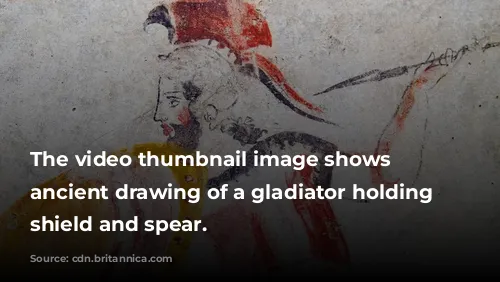
From Glory to Renewal: The Colosseum’s Enduring Legacy
In medieval times, the Colosseum underwent a transformation, serving as a church and later a fortress for prominent Roman families like the Frangipane and Annibaldi. Over time, the Colosseum suffered damage from lightning, earthquakes, vandalism, and pollution. The once-ornate marble seats and decorative elements disappeared as the site was used as a quarry for over a thousand years.
The preservation of the Colosseum began in earnest in the 19th century, with notable efforts led by Pius VIII. A major restoration project commenced in the 1990s, ensuring the survival of this historical treasure. Today, the Colosseum remains one of Rome’s most popular tourist attractions, welcoming nearly seven million visitors annually. Regular exhibitions showcasing the rich culture of ancient Rome are hosted, keeping this historic monument alive in the hearts and minds of visitors from around the world. The Colosseum, a symbol of Roman power and resilience, continues to stand as a powerful reminder of the empire’s grandeur and the enduring fascination it holds for generations to come.
